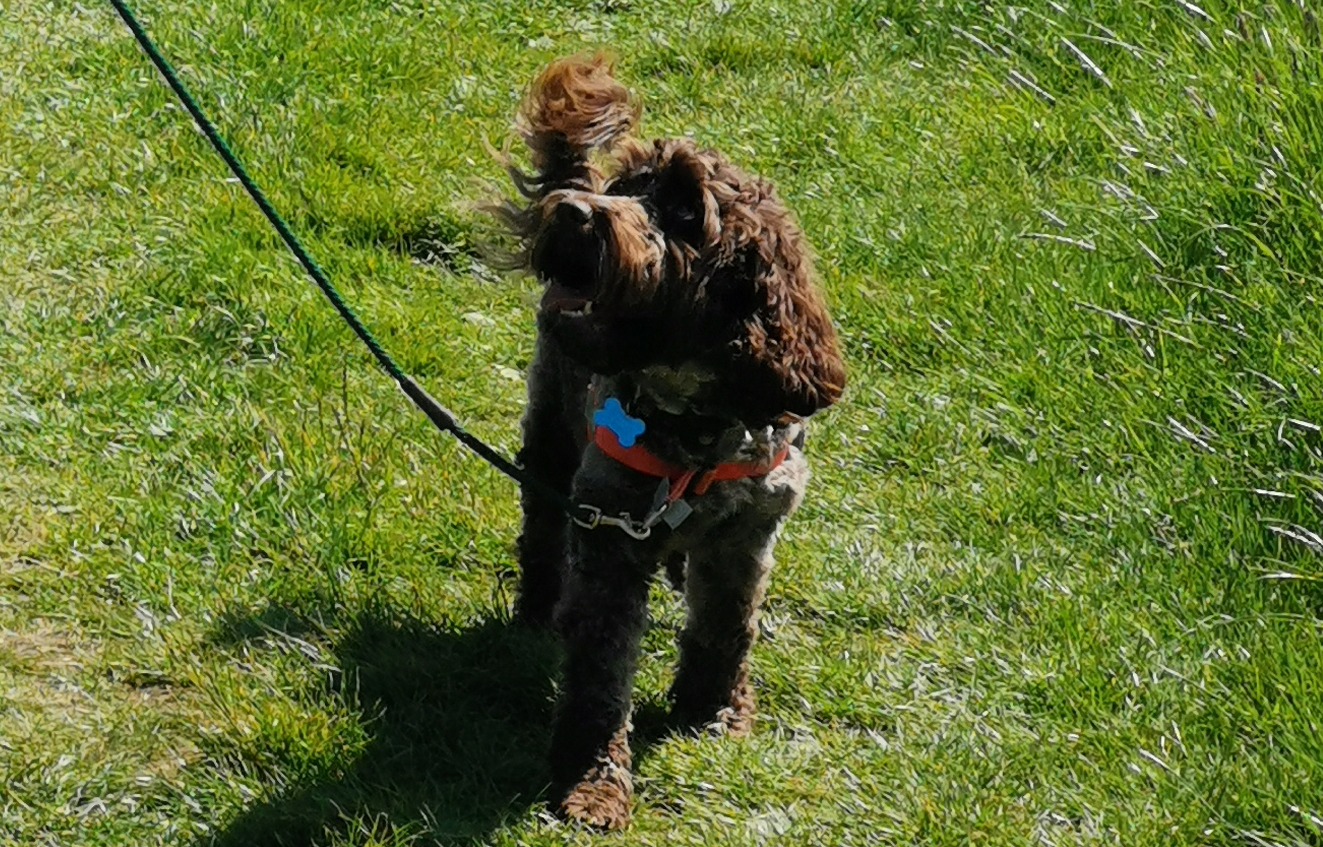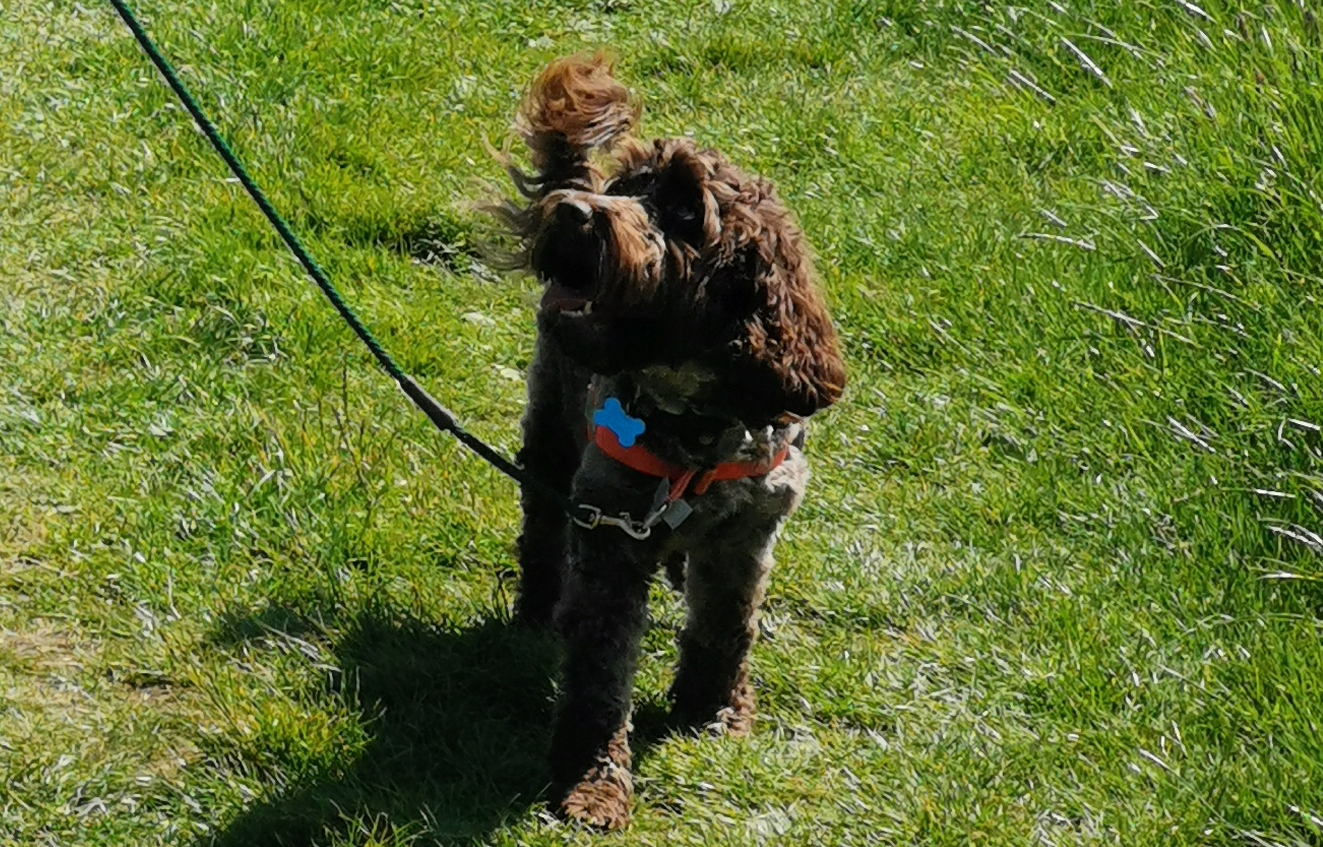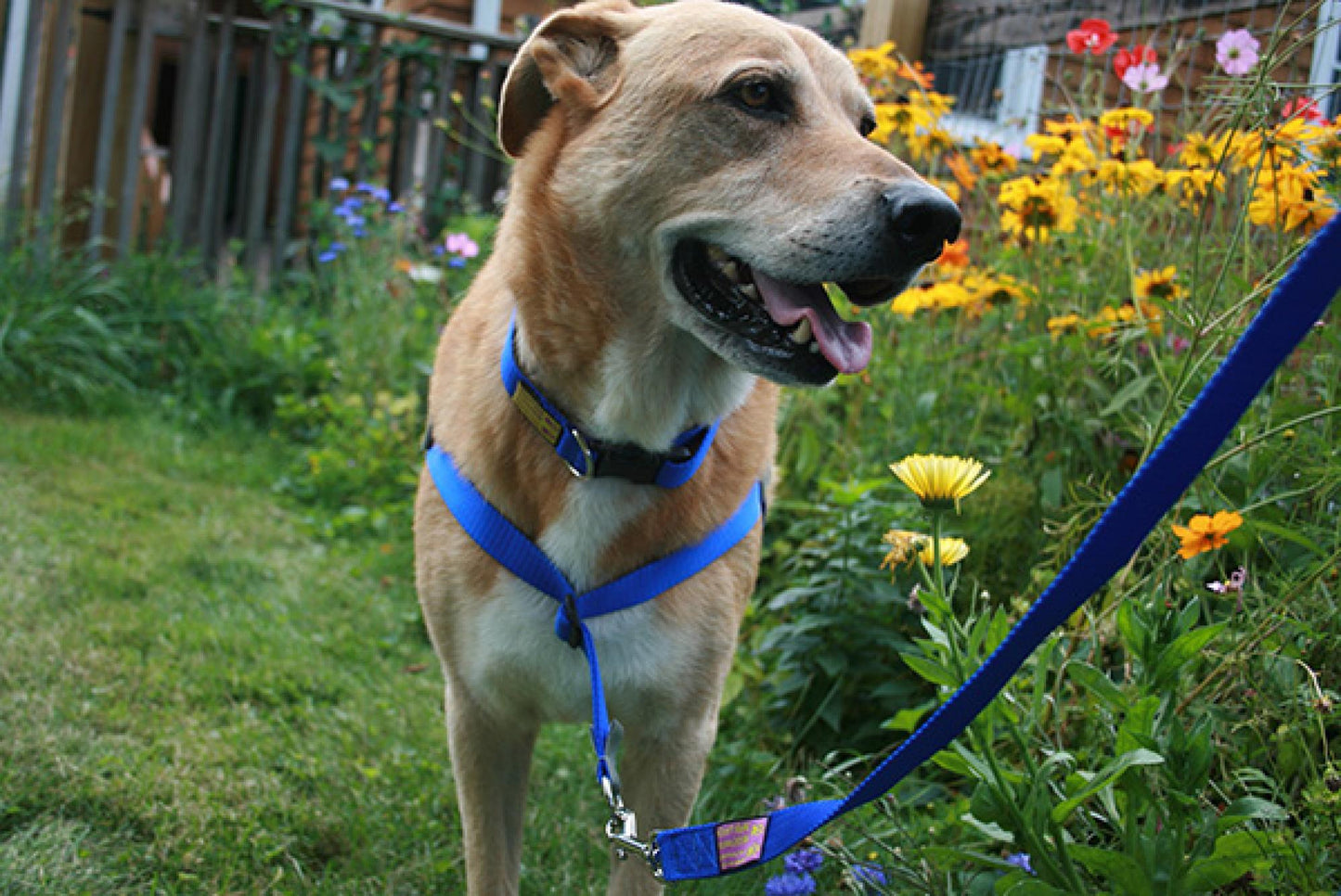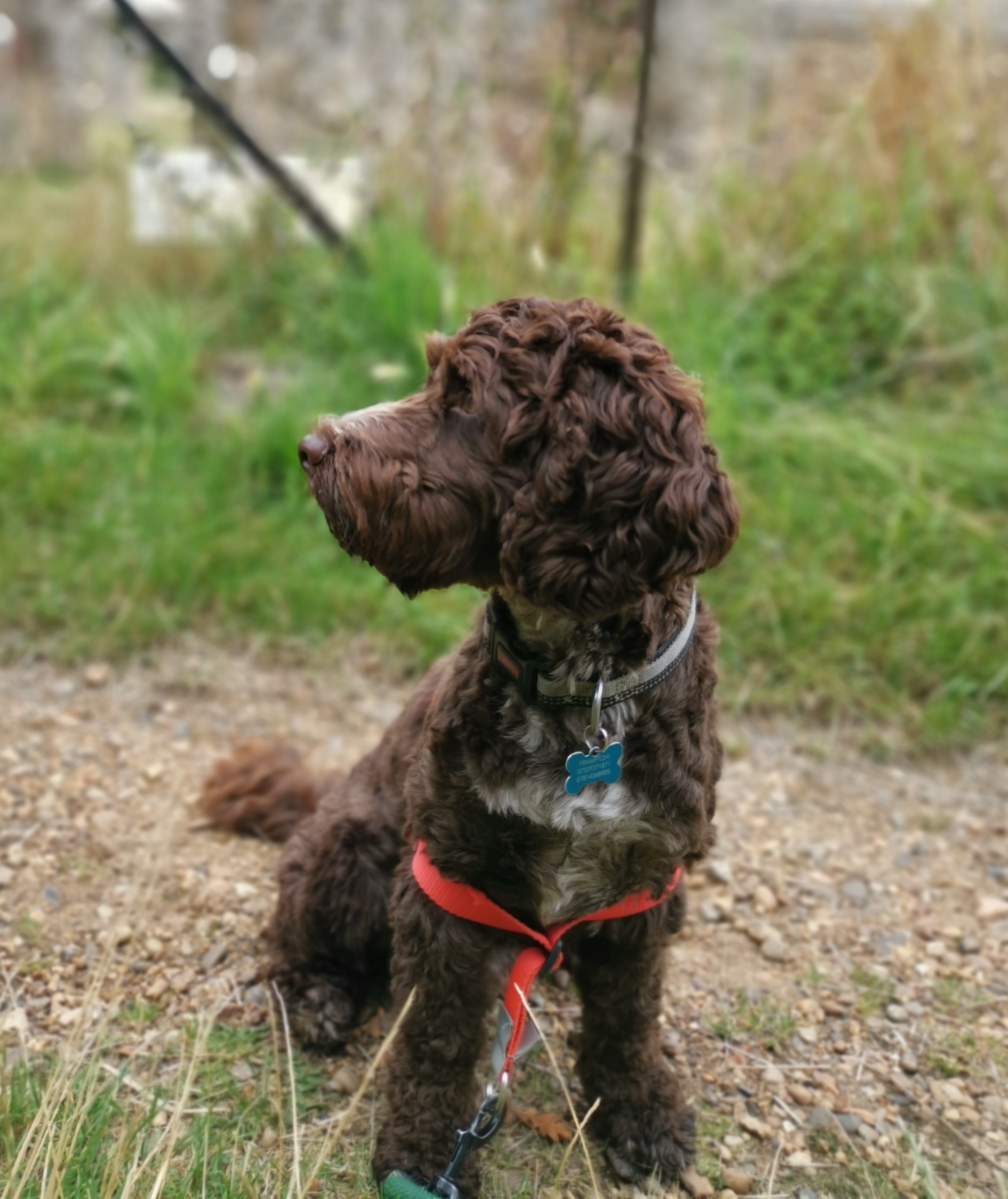Agility training is a fantastic way to enhance your dog’s physical fitness, mental sharpness, and overall well-being. This popular dog sport involves navigating a course of obstacles, such as tunnels, jumps, and weave poles, and offers numerous benefits beyond just fun. Here’s why agility training can be a great addition to your dog’s routine.
1. Physical Exercise
Agility training provides an excellent workout for your dog. The variety of obstacles requires your dog to run, jump, and climb, engaging multiple muscle groups and promoting cardiovascular health. Regular agility training can help maintain a healthy weight, build strength, and improve coordination.
Key Benefits:
- Provides a full-body workout.
- Enhances cardiovascular health.
- Promotes weight management and muscle tone.
2. Mental Stimulation
Navigating an agility course requires your dog to think and make quick decisions. This mental challenge is essential for keeping your dog’s mind sharp and engaged. The problem-solving aspect of agility training helps improve cognitive function and prevents boredom.
Key Benefits:
- Stimulates your dog’s mind.
- Encourages problem-solving and quick thinking.
- Helps prevent boredom and cognitive decline.
3. Bonding and Communication
Agility training strengthens the bond between you and your dog. Successfully navigating a course requires effective communication and teamwork. As you guide your dog through the obstacles, you’ll develop a deeper understanding of each other’s cues and signals, enhancing your overall relationship.
Key Benefits:
- Strengthens the bond between you and your dog.
- Improves communication and teamwork.
- Builds trust and understanding.
4. Confidence Building
Completing an agility course successfully boosts your dog’s confidence. The challenges of the course and the sense of accomplishment from overcoming them can make your dog more confident in other areas of life as well. This increased confidence can help reduce anxiety and improve behavior in various situations.
Key Benefits:
- Builds your dog’s confidence.
- Reduces anxiety and fear in new situations.
- Encourages a positive attitude and behavior.
5. Socialization
Agility training classes provide opportunities for your dog to interact with other dogs and people in a controlled environment. This socialization is crucial for developing good manners and reducing fear or aggression towards unfamiliar dogs and humans. It also offers a chance for you to meet other dog owners and share experiences.
Key Benefits:
- Enhances socialization with other dogs and people.
- Improves manners and reduces fear or aggression.
- Provides a community for both you and your dog.
6. Fun and Enjoyment
Agility training is a fun and engaging activity for both you and your dog. The variety and excitement of the obstacles keep your dog entertained and motivated. It’s a great way to break the monotony of regular walks and provide a new, enjoyable experience for your furry friend.
Key Benefits:
- Provides a fun and stimulating activity.
- Keeps your dog entertained and motivated.
- Offers a break from the routine.
Getting Started with Agility Training
If you’re interested in agility training for your dog, here are some tips to get started:
1. Find a Local Agility Club or Class: Look for agility training classes or clubs in your area. Professional trainers can provide the guidance and equipment needed to start safely.
2. Start with Basic Commands: Ensure your dog has mastered basic obedience commands such as sit, stay, come, and heel. These commands are essential for effective agility training.
3. Use Positive Reinforcement: Reward your dog with treats, praise, and play for successfully completing obstacles. Positive reinforcement helps motivate your dog and makes training enjoyable.
4. Introduce Obstacles Gradually: Start with simple obstacles and gradually increase the complexity as your dog becomes more confident. Patience and consistency are key to successful training.
5. Keep Training Sessions Short: Keep sessions short and fun to maintain your dog’s interest and prevent fatigue. Aim for 10-15 minute sessions several times a week.
6. Ensure Safety: Always prioritize your dog’s safety. Use appropriate equipment and avoid pushing your dog beyond their physical limits. Regularly check for any signs of discomfort or injury.
Conclusion
Agility training offers a multitude of benefits for your dog, from physical exercise and mental stimulation to enhanced bonding and confidence. It’s a fun and rewarding activity that can significantly improve your dog’s overall well-being. Whether you’re looking for a new way to keep your dog fit or a fun hobby to enjoy together, agility training is a fantastic option. Start exploring agility training today and watch your dog thrive in this exciting sport!










